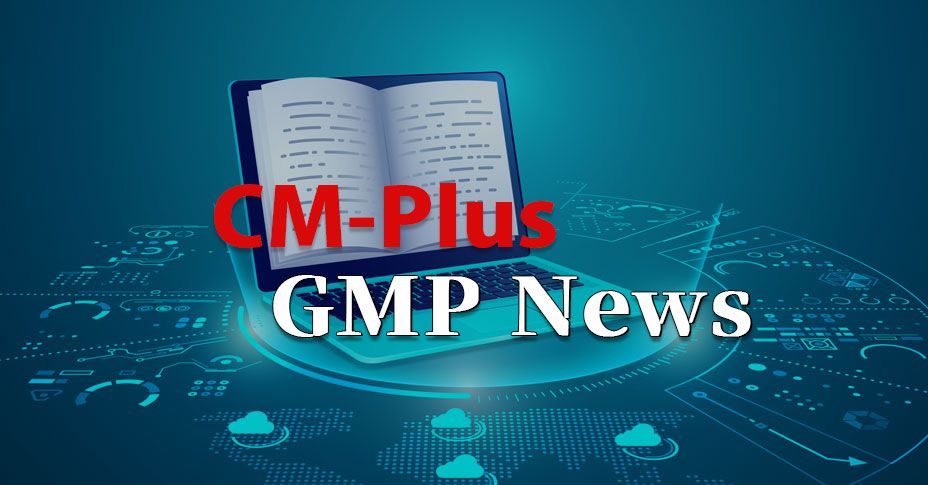Subjectivity and Formality in Quality Risk Management

The revision of the ICH Q9 Guidelines on QRM reached Stage 4 of the ICH process in January 2023 and entered the implementation phase. The basic policy of this revision was to address the traditional issues of "subjectivity of QRM," "formality of QRM," and "unclear risk-based decision making.
Since the introduction of ICH Q9 in 2005, both the pharmaceutical industry and the regulatory authorities may have been struggling with the ambiguity of the content of ICH Q9. Although several QRM tools, such as Failure Mode and Effects Analysis (FMEA), Failure Mode, Effects and Criticality Analysis (FMECA), Failure Tree Analysis (FTA), Hazard Analysis and Critical Control Points (HACCP), Preliminary Hazard Analysis (PHA), etc. are listed and explained in the appendix of ICH Q9, I am sure I am not the only one who felt inadequate and uneasy because no matter which tool is employed, subjectivity enters at the crucial point and objective decision-making is not possible. Under these circumstances, I had high expectations for this revision of ICH Q9, but I do not expect that the appendix section regarding tools will be more objective since it has not changed at all.
ICH Q9 also states that "the degree of rigor and formality of quality risk management should reflect available knowledge and be commensurate with the complexity and/ or criticality of the issue to be addressed", but what formality in QRM means at the practical level was not clear, and many may have been troubled by this. Lack of understanding of this concept may have led to a variety of harmful effects, including the investment of significant resources to address relatively simple GMP issues and risks.
Although the descriptions of "subjectivity," "formality," and "risk-based decision making" in QRM are more detailed, the difficulty of quantifying risk itself is emphasized.
However, the revised ICH Q9 includes the following characteristics of lower levels of formality: the QRM process is addressed in activities that are embedded within elements of the company's quality system rather than as a stand-alone activity, the QRM tools are not used, and independent QRM reports are not generated and recorded in the appropriate part of the quality system.
As we develop a drug product and determine, for example, the control range for process control, we often consider how deviations from the control range may affect quality, and the results are reflected in detail in development reports and further validated through qualification and validation. Corrective and preventive actions (CAPA) are also implemented to address deviations and quality complaints that occur during routine manufacturing process operations. These activities that we are all familiar with are also QRM activities, and it is safe to assume that most of the quality risks associated with manufacturing have already been addressed in the quality system.
Therefore, an example where a high formality QRM would have to be implemented would be, for example, when a pharmaceutical product is manufactured in a completely new process, but in other cases, it would be sufficient to handle it within the existing pharmaceutical quality system, and if QRM is integrated and operated within the internal quality system, most pharmaceutical companies would have no opportunity to implement a high formality QRM.
We take seriously our efforts to improve the quality of our medicines. If you could disclose the details of how the MHLW implemented risk management for the use of messenger RNA vaccine in the Corona disaster and decided to inoculate the public with a completely new vaccine, we may be able to understand the circumstances under which high formality QRM should be implemented and how it should operate. We may be able to understand the circumstances and methods under which high formality QRM should be implemented.
Finally, in order to facilitate understanding of this revision, ICH has published slides (on the ICH website) that explain the basic policy, background, objectives, results of public comments, and guidelines for implementation. The revised ICH Q9 emphasizes that it should be read in conjunction with the training materials that are currently being developed, but it is questionable whether this will be effective.
I believe that most quality risks can be addressed within the pharmaceutical quality system, so we only need to clarify "under what circumstances formal QRM should be implemented."
END












Comment
/
/
/
There are no comments yet.
Comment